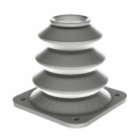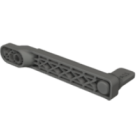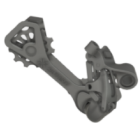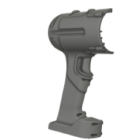3D printing in education
3D printing is transforming education at every level — from primary schools to universities — by turning abstract concepts into physical experiences. What was once a tool for industrial prototyping is now an integral part of hands-on learning, fostering creativity, critical thinking, and real-world problem solving. As the technology becomes more affordable and accessible, its integration into curricula is no longer optional — it’s becoming essential for preparing students for the future of engineering, design, and manufacturing.
From theory to tangible understanding
One of the greatest advantages of 3D printing in education is its ability to bring ideas to life. Students no longer have to rely solely on drawings or simulations — they can design, iterate, and produce physical models that reinforce core concepts across subjects like:
- STEM (science, technology, engineering, mathematics) — for visualizing geometry, building functional machines, or simulating physics principles,
- biology and medicine — through anatomical models, prosthetics design, or drug delivery system simulations,
- history and art — by reconstructing artifacts, ancient tools, or artistic prototypes.
This kind of experiential learning not only boosts engagement but helps learners understand spatial relationships and develop design thinking skills.
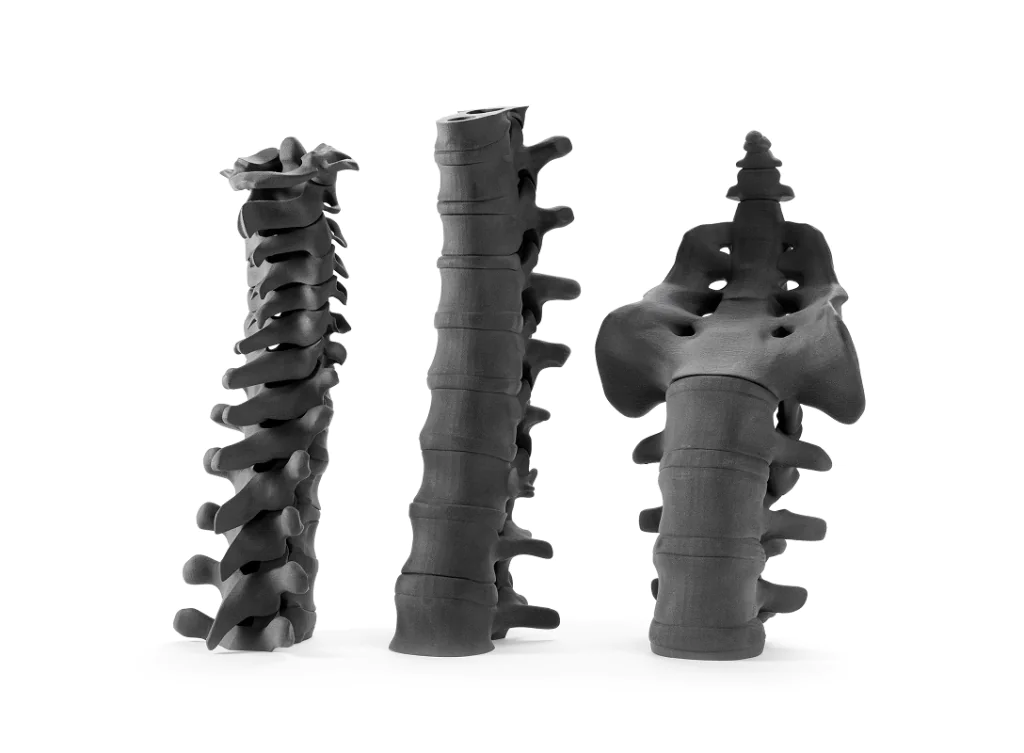
Empowering research and innovation
At the university level, 3D printing is a key enabler of student-led research and innovation. It accelerates prototyping cycles for engineering theses, architecture projects, biomedical innovations, and more. Academic institutions are also using additive manufacturing in collaborative research with industry, allowing students to participate in real-world applications, from drone design to robotics.
In many cases, research labs within schools and universities act as incubators for startups, giving young innovators the means to test and validate their ideas before moving into commercial development.
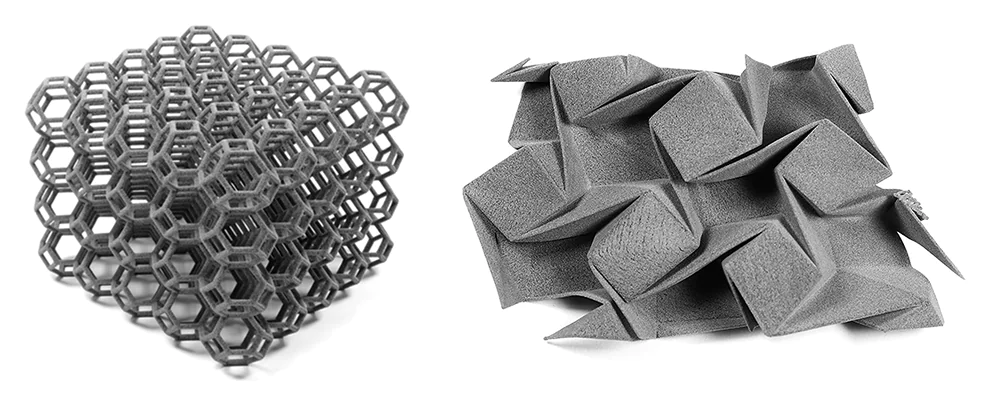
Benefits of 3D printing in education
The use of 3D printing in education delivers both immediate and long-term value:
- enhances creativity and design literacy — students learn how to translate ideas into digital models and physical objects,
- fosters interdisciplinary learning — blending engineering with biology, physics with design, or art with math,
- promotes problem-solving and iteration — rapid prototyping teaches students to refine their work based on feedback and test results,
- prepares students for Industry 4.0 — building familiarity with digital fabrication tools they’ll use in advanced manufacturing and engineering careers.
It also builds a strong foundation in digital skills — from CAD software to slicing and machine operation — which are increasingly demanded across sectors.
Accessibility and inclusion
Importantly, 3D printing has the potential to make education more inclusive. Tactile learning objects can help students with visual impairments. Customized assistive devices can be produced quickly and affordably. And the hands-on, iterative nature of 3D printing supports neurodiverse learners who thrive through experimentation and direct engagement rather than abstract instruction.
Summary
3D printing in education is no longer just a novelty — it’s a vital bridge between theory and practice. Whether enhancing STEM learning, powering student innovation, or supporting inclusive education, additive manufacturing equips students with the tools, mindset, and skills to thrive in an increasingly digital and design-driven world. As the next generation of engineers, designers, scientists, and makers come of age, 3D printing is helping shape how they learn — and what they’ll go on to build.
Explore also
- 3D printed prototype
- 3D printing in medical industry
- 3D printing for dental applications
- Application of 3D printing in industry
- Application of 3D printing in architecture
- 3D automotive: additive manufacturing in car production
- Aerospace additive manufacturing
- 3D printing in civil engineering
Related categories




